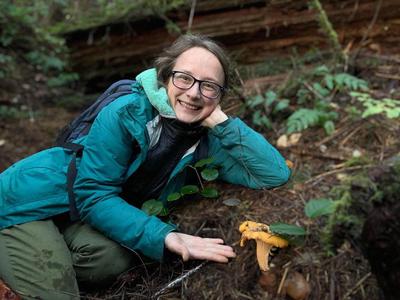Biography
Welcome! My name is Anne Polyakov and I am a PhD candidate within the Quantitative Ecology and Resource Management Program at the University of Washington, an interdisciplinary program focused on the application of advanced statistical tools to address complex ecological systems. My research involves using statistical analysis and ecological modeling to understand ecological processes, with an emphasis on biodiversity conservation, forest ecosystems, and the role of microbial functions in carbon and nitrogen cycling. My current projects include using machine learning to predict forest belowground productivity, network analysis to model the structure and function of mycorrhizal fungal networks, and mechanistic modeling to model the flow of salmon-derived nutrients through fungal-plant networks. I am especially interested in using state of the art modeling approaches to understand forest and fungal processes and contribute to research on fungal biodiversity and conservation. Some of my other work includes modeling population dynamics of small mammals, examining biodiversity conservation in the agricultural matrix, and quantifying collective behavior in Pacific salmon. My doctoral research centers on quantifying the role of fungi in nutrient cycling within forest ecosystems using a combination of field work, genomics, stable isotope biogeochemistry, and modeling.
- Statistical modeling
- Forest ecosystem science
- Mycology
- Biodiversity conservation
- Ecosystem biogeochemistry
-
PhD in Quantitative Ecology and Resource Management, Anticipated May 2024
University of Washington
-
Master of Science in Quantitative Ecology and Resource Management, 2021
University of Washington
-
Master of Music, 2014
San Francisco Conservatory of Music
-
Bachelor of Arts, 2012
Harvard University
Projects
Tracing salmon-derived nutrients through riparian systems
The return of Pacific salmon from the ocean allows for the transfer of marine-derived nutrients (MDN) from marine to terrestrial ecosystems. These nutrients enter the riparian ecosystem through direct consumption of carcasses or nutrient assimilation after carcass decomposition.
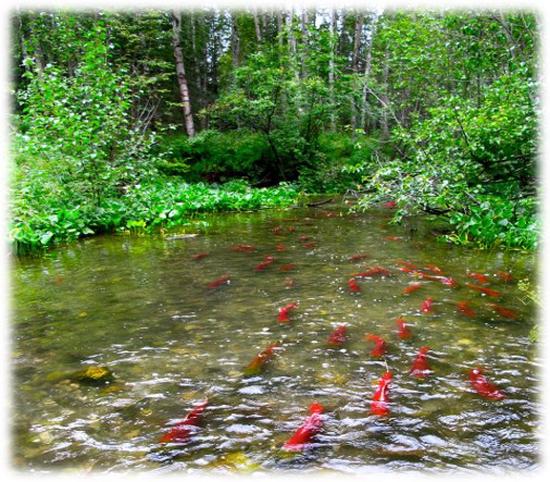
Mapping fungal communities in salmon forests
Fungal communities have rarely been examined in riparian systems, especially fungi associated with salmon. I examined fungal communities near salmon-bearing streams along a natural nitrogen gradient and in response to an in-situ salmon carcass manipulation, and identified fungal communities associated with salmon.
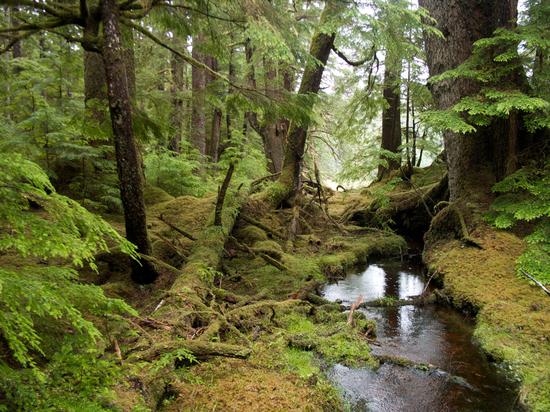
Modeling drivers of forest belowground productivity and carbon allocation
Forests are threatened by a multitude of stressors, including anthropogenic disturbances and climate change. Assessing how forests will respond to these stressors requires a comprehensive understanding of net primary productivity (Npp), environmental constraints on growth, and adaptive capacity.
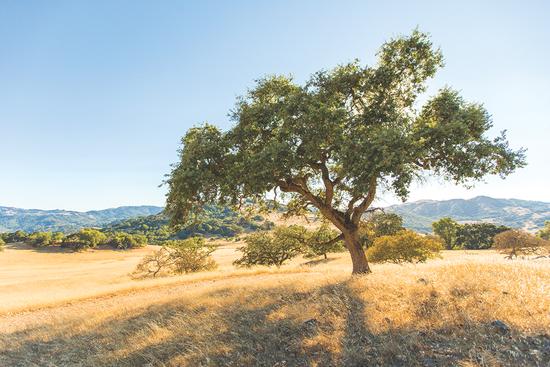
Remnant trees increase bat activity and facilitate the use of vineyards by edge-space bats
Echolocation recording device at a tree site Conversion of natural habitats to vineyard monoculture is rapidly increasing both globally and on the California central coast. Although agricultural expansion typically decreases species diversity and abundance, landscape heterogeneity can maintain biodiversity, ecosystem function, and provide pest control services within agricultural systems.
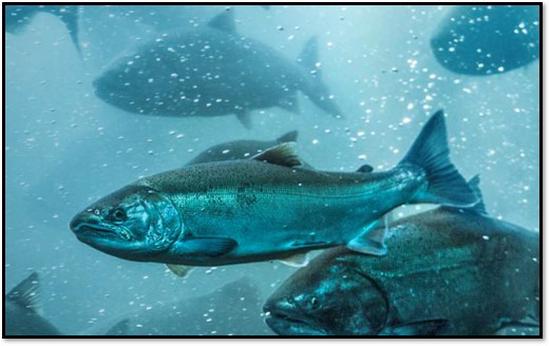
Safety in numbers keeps Pacific salmon safe at sea
Grouping is ubiquitous across animal taxa and environments. Safety in numbers is perhaps the most cited reason for grouping, yet this fundamental tenet of ecological theory has rarely been tested in wild populations.
